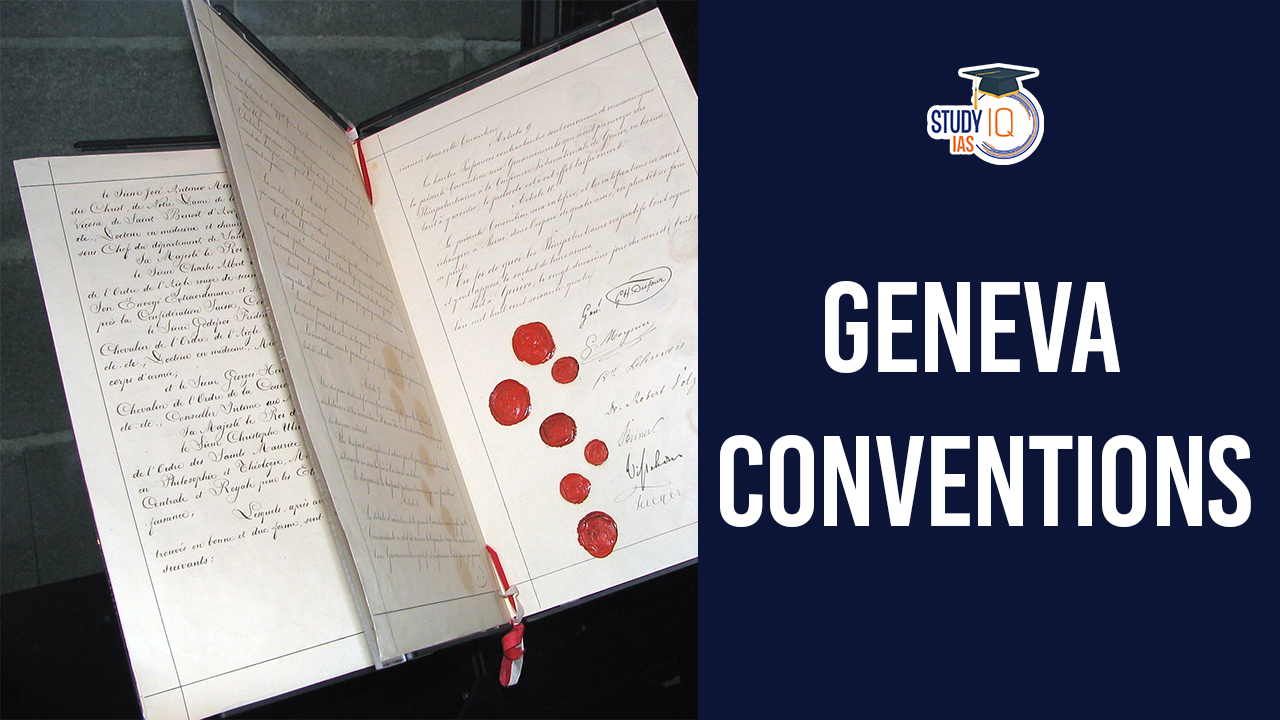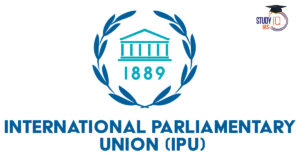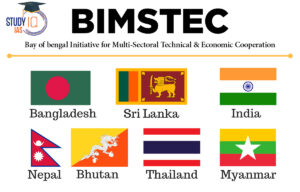Table of Contents
Geneva Conventions
The Geneva Conventions stand as pillars of international humanitarian law, establishing ethical standards for conduct during warfare. Originating in 1864, these conventions underwent significant revisions in 1949 and have since been complemented by additional protocols and treaties, shaping the landscape of warfare and ensuring the protection of civilians and combatants alike. Understanding the genesis, evolution, and principles of the Geneva Conventions is crucial for comprehending the complexities of modern conflict and human rights.
Geneva Conventions Overview
| Aspect | Geneva Conventions |
| Purpose | Protect the rights of non-combatants during armed conflicts |
| Established | Between 1864 and 1949, with two additional protocols approved in 1977 |
| Also Known As | Humanitarian Law of Armed Conflicts |
| Prohibited Acts | Murder
Cruel treatment Terrorism Hostage-taking Slavery Outrages on personal dignity Collective punishment Pillage |
| Protection of Assets | Convoys and hospital trains transporting wounded and sick civilians must be respected and protected |
| Red Cross Emblem | Adopted in the original 1864 Geneva Convention, an inversion of the Swiss flag |
| Historic Connection | Recognizes the historic connection between Switzerland and the original Geneva Convention |
The Birth of the Geneva Conventions
Throughout history, warfare has been characterized by varying degrees of brutality and disregard for human life. However, the tide began to turn with the efforts of Henry Dunant, a Swiss businessman profoundly moved by the horrors witnessed at the Battle of Solferino in 1859. Dunant’s proposal for the formation of a volunteer group to aid both civilians and soldiers affected by war laid the foundation for the establishment of the Red Cross.
In October 1863, representatives from 16 nations convened in Geneva to deliberate on humanitarian treatment during warfare. The outcome of this historic meeting was the First Geneva Convention, signed by 12 nations. This groundbreaking treaty set standards for the treatment of wounded and sick soldiers on the battlefield, laying the groundwork for future iterations of the Geneva Conventions.
Geneva Conventions of 1906 and 1929
Recognizing the need for continued refinement and expansion, the Swiss government spearheaded subsequent conventions to enhance the protections afforded by the original Geneva Convention. The Geneva Conventions of 1906 and 1929 introduced crucial amendments, including provisions for the protection of wounded or captured prisoners of war and safety measures for medical personnel engaged in treating and evacuating the wounded.
| Aspect | Geneva Convention of 1906 | Geneva Convention of 1929 |
| Scope | Extended protections to include naval warfare | Further expanded protections for wounded, sick, and shipwrecked combatants |
| Prisoners of War | Addressed the treatment and status of prisoners of war | Elaborated on the rights and protections of prisoners of war |
| Medical Personnel | Introduced safety measures for medical personnel | Strengthened safeguards for medical personnel treating the wounded |
| Red Cross | Further institutionalized the role of the Red Cross | Affirmed the importance of the Red Cross in humanitarian operations |
| Neutrality | Clarified provisions regarding the neutrality of medical units and personnel | Reinforced principles of neutrality and impartiality for medical units |
| Enforcement | Enhanced mechanisms for enforcement and compliance | Emphasized the obligation of states to implement and uphold the conventions |
| Subsequent Developments | Laid the groundwork for future expansions and revisions | Paved the way for the comprehensive revision of the Geneva Conventions in 1949 |
These conventions marked significant milestones in the evolution of international humanitarian law, emphasizing the importance of upholding humane treatment and providing assistance to those affected by armed conflict. The Geneva Conventions of 1906 and 1929 reinforced the principles of neutrality, impartiality, and humanity, guiding the actions of states and non-state actors alike in times of war.
The Evolution of the Geneva Conventions
The aftermath of World War II underscored the need for comprehensive legal frameworks to address the myriad challenges posed by modern warfare. In 1949, the Geneva Conventions were extensively revised and expanded to encompass four distinct treaties, collectively known as the Geneva Conventions of 1949. These conventions provided enhanced protections for civilians, prisoners of war, and medical personnel, reaffirming the commitment of the international community to mitigate the suffering caused by armed conflict.
Furthermore, three additional protocols were adopted in 1977 and 2005, further bolstering the protections afforded by the Geneva Conventions and addressing emerging issues such as the protection of victims of non-international armed conflicts and the prohibition of certain methods of warfare.
Significance of Geneva Conventions
The significance of the Geneva Conventions cannot be overstated, as they represent a cornerstone of international humanitarian law and play a crucial role in mitigating the human suffering caused by armed conflicts. Here are some key aspects of their significance:
- Protection of Human Rights: The Geneva Conventions establish fundamental principles and rules aimed at safeguarding the rights and dignity of individuals affected by armed conflicts, including civilians, prisoners of war, and medical personnel. By prohibiting acts such as murder, torture, and hostage-taking, the conventions set a standard for humane treatment during wartime.
- Legal Framework for Conflict: The conventions provide a comprehensive legal framework for the conduct of warfare, delineating the rights and obligations of parties involved in armed conflicts. They outline rules regarding the treatment of prisoners of war, the protection of civilians, and the role of humanitarian organizations, thereby contributing to the maintenance of order and minimizing the impact of war on vulnerable populations.
- Universal Acceptance: The Geneva Conventions enjoy widespread ratification by the international community, with virtually every country in the world being party to at least one of the conventions. This universal acceptance underscores their importance as a shared set of norms and standards governing the conduct of warfare, regardless of geopolitical differences or ideological affiliations.
- Role of the Red Cross: The conventions institutionalize the role of the International Committee of the Red Cross (ICRC) and the Red Cross and Red Crescent Movement in providing humanitarian assistance and protection to victims of armed conflicts. The distinctive emblem of the Red Cross serves as a symbol of neutrality and protection, facilitating the delivery of aid to those in need and ensuring the safety of humanitarian workers.
- Prevention of Atrocities: By codifying rules aimed at preventing atrocities and abuses during armed conflicts, the Geneva Conventions contribute to the reduction of human suffering and the promotion of peace. They serve as a deterrent against the commission of war crimes and provide mechanisms for accountability and justice in cases of violations.
- Adaptability to Evolving Challenges: The conventions have evolved over time to address new challenges and developments in warfare, including the protection of victims of non-international armed conflicts, the prohibition of certain weapons, and the safeguarding of cultural heritage. This adaptability ensures the continued relevance and effectiveness of the Geneva Conventions in an ever-changing security landscape.
Conclusion
The Geneva Conventions represent a cornerstone of international humanitarian law, embodying the collective commitment of the international community to uphold fundamental principles of humanity, dignity, and justice during times of war. As the landscape of warfare continues to evolve, adherence to the principles and provisions of the Geneva Conventions remains essential in safeguarding the rights and well-being of civilians and combatants alike. By honoring the spirit and letter of these conventions, nations can contribute to the realization of a more just and compassionate world, free from the scourge of armed conflict.


 International Standards of Accounting an...
International Standards of Accounting an...
 150th Summit of Inter-Parliamentary Unio...
150th Summit of Inter-Parliamentary Unio...
 BIMSTEC Countries 2025, Area of Cooperat...
BIMSTEC Countries 2025, Area of Cooperat...





















